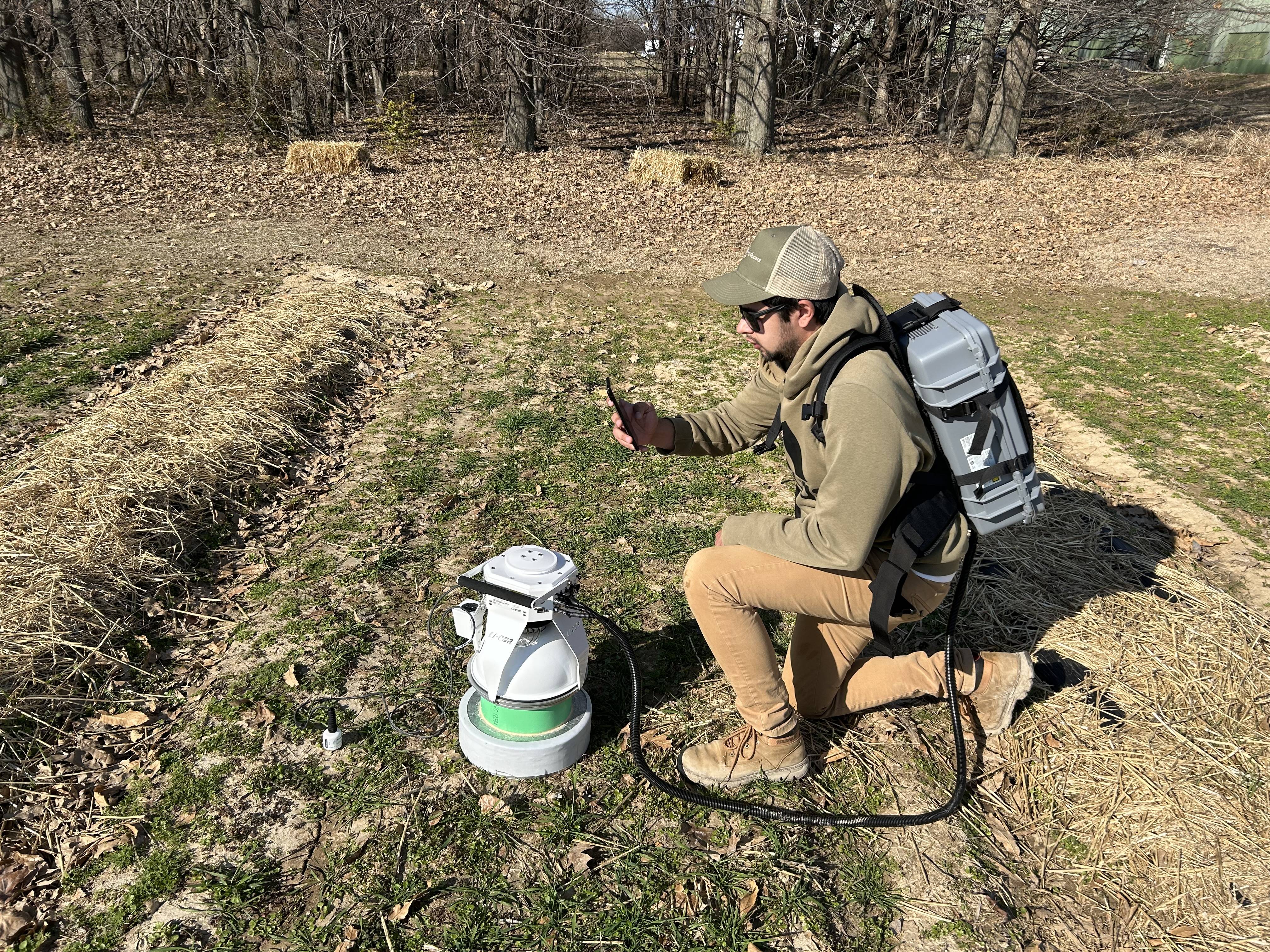The project "Satellite methane monitoring in rice growing regions of Latin America" is implementing a new technology to measure greenhouse gases (GHGs) in a matter of minutes.

In a groundbreaking development for greenhouse gas (GHG) monitoring in agriculture, the "Satellite methane monitoring in rice growing regions of Latin America" project is pioneering a new technology that promises to transform how GHG fluxes are measured in rice cultivation. This innovative system aims to revolutionize the process by enabling rapid measurements of fluxes within minutes, a stark departure from traditional methods that often entail hours of data collection and gas analysis.
This advancement not only allows us to capture the spatio-temporal variability of rice fields more effectively but also enhances data quality assurance. Real-time observations of fluxes can be accessed live from mobile devices, providing a comprehensive and immediate understanding of GHG dynamics. Moreover, the system's capability to integrate ancillary data such as soil moisture and temperature concurrently with gas flux data enhances measurement accuracy and provides valuable insights for analysis and decision-making.
At the heart of this cutting-edge system lies Smart Chamber technology, which incorporates GPS for georeferenced sampling. This integration not only offers precise location data but also has the potential to link the collected data with other sources such as satellites, thereby providing a holistic view of GHG dynamics in rice cultivation landscapes and deepening our understanding of these complex ecosystems.
One of the key advantages of the Smart Chamber system is its user-friendly design, requiring minimal training compared to traditional high-end laboratory setups. This accessibility democratizes GHG monitoring, empowering a wider range of users to contribute to sustainable agricultural practices. This technology also opens doors for diverse applications, including potential implications for breeding, as it will allow for screening higher plant populations in less time.
The collaboration between researchers from the University of Otago in New Zealand and the Agricultural Research Service of the United States Department of Agriculture (USDA-ARS) has been crucial in adapting this technology to the specific rice cultivation environment. As this technology is innovative in rice ecosystems, these institutions are conducting adaptation and validation processes with specialized sensors to tailor it to the unique conditions of rice fields. This effort aims to optimize operational efficiency and ensure accurate results in greenhouse gas measurement.
Following validation at USDA-ARS laboratories, the project "Satellite methane monitoring in rice growing regions of Latin America" will commence data acquisition during the current rice season in Arkansas, the largest rice-producing region in the United States. Cross-calibration with Gas Chromatographers will ensure measurement accuracy and reliability under field conditions. Once validated, a new protocol tailored for the rice community will be developed, and the technology will be disseminated to Uruguay, Peru, and Panama. The ground-truth data will be correlated with satellite images, and a web platform will be established to democratize access to the data and knowledge generated under the project, significantly advancing GHG measurement practices and sustainability efforts in agriculture.




